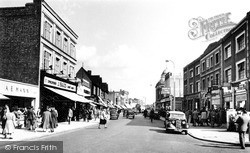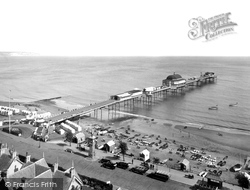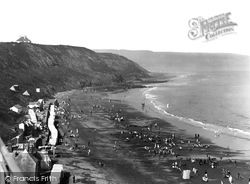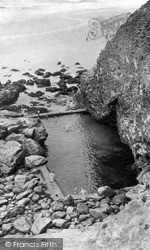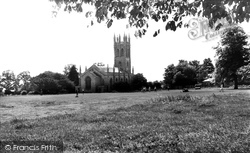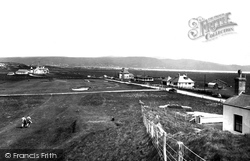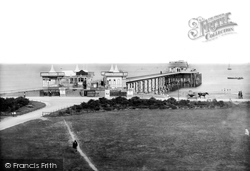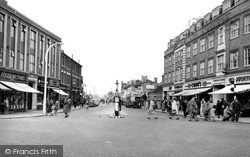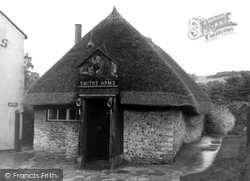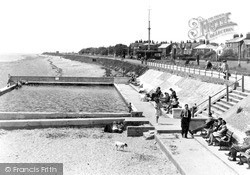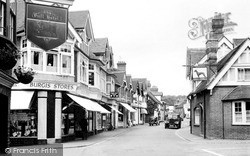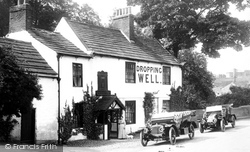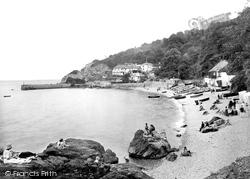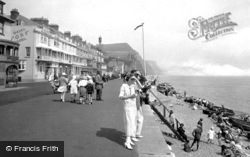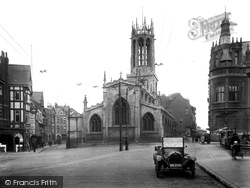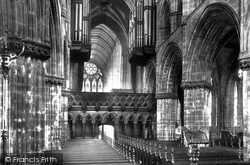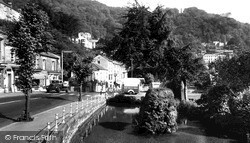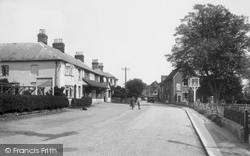Captions
1,059 captions found. Showing results 201 to 220.
Slough dates back to the 12th century, when it was a hamlet on the London to Bath road.
This photograph gives an excellent view over Shanklin sea front and pier, with the sands filled with bathers, boats, tents and bathing machines.
As of yore, the bathing towels are drying (left).
Heavy surf on the beach at Porthtowan is not the place for smaller children, so this artificial pool was made among the rocks as a place for safe bathing.
Smith produced the first geological map showing England's rock structure, and he is considered to be the father of modern geology.
Just inland of the sand dunes is a golf course - it was established in 1885, and may be the oldest in Wales.
This view of the pier, taken seven years after the previous two photographs, shows that Paignton then had interesting shops; advertisements offered Turkish baths, drinking chocolate, a drug store, cleaners
Long before this photograph was taken, Slough was an important staging post on the Bath Road.
Once the village smithy, the inn at Godmanstone is said to be the smallest public house in England.
Charlie's Mast overlooks the boating pool, which seems to be the only form of children's entertainment left on the beach area.
The village of Wargrave has an Edwardian feel to it, but its origins date back many centuries.
This is a petrifying well, similar to the one at Matlock Bath in Derbyshire, where the limestone content of the spring water solidifies objects which fall into it.
Babbacombe's beaches were popular with early visitors to the resort, such as Oscar Wilde and Edward VII.
Babbacombe's beaches were popular with early visitors to the resort, such as Oscar Wilde and Edward VII.
In the 1920s, Sidmouth had a reputation as an up-market resort, as renowned for its climate and setting as for its sea bathing.
This church has a lantern tower and is said to be the resting place of 39 Lord Mayors.
Looking west from the choir towards the nave.
The Fishpond has been a central feature of Matlock Bath since the village became an important resort and spa in the late 18th and early 19th centuries.
Cars have replaced horses, and just out of shot, on the right, would be the Rose and Crown public house.
This postcard shows the parish church of St Martin in the centre, and clockwise from the top left, the village centre; the `Roman` Baths in the Nook; Lover`s Leap; and the view down from the Bank.




